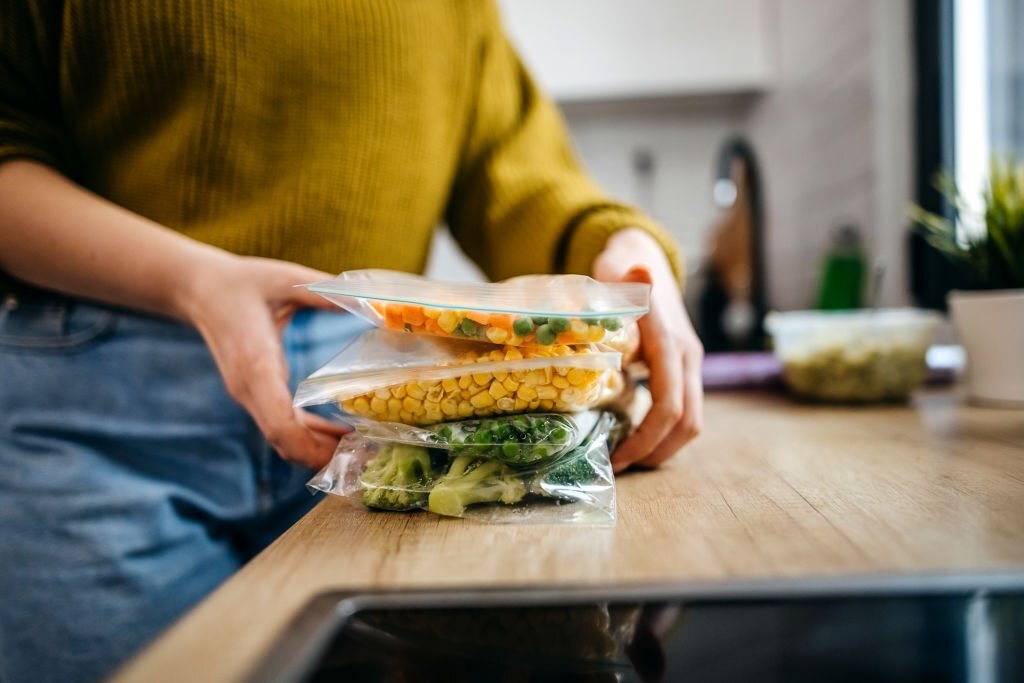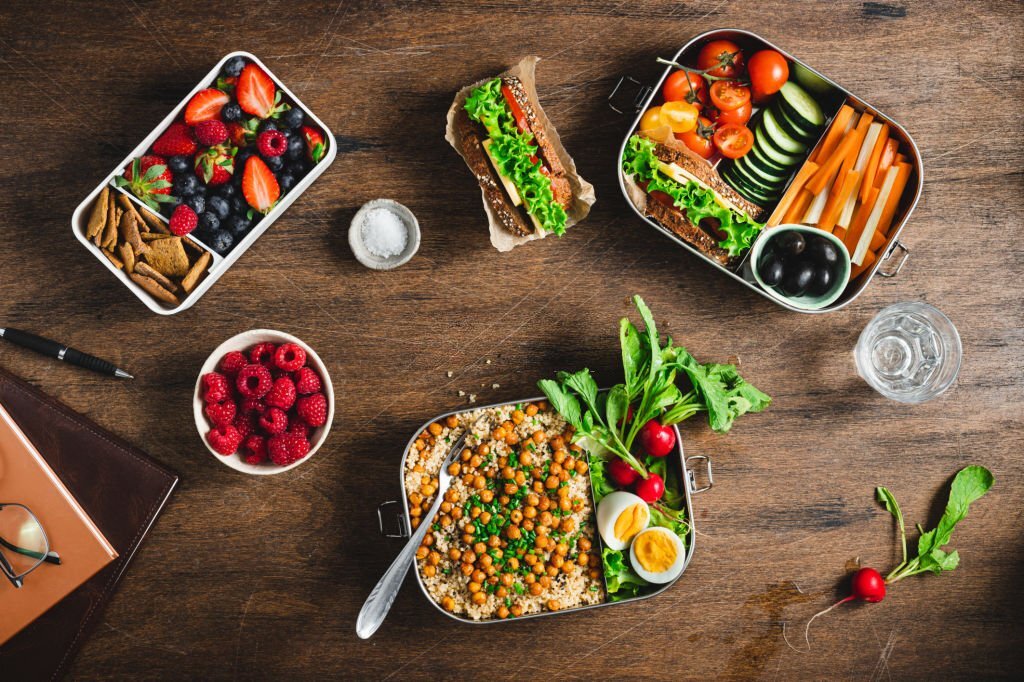Meal preps make your life much simpler. Prepping your meals ahead of time helps you eat healthier food without blowing your budget, saving you from spending hours in the kitchen after a busy day at work or school. Below are some tips to help you prepare better meals, faster.
#1 Incorporate meal prep into your daily routine
Schedule a specific time for meal prep at least once a week. Most people plan meals on Sunday or Monday morning, but all you need is a quiet moment during your day. A meal prep schedule makes it feel like less of a chore.

#2 Get the right containers and equipment
Use reusable containers to store your pre-made food. Food containers have different designs and uses, so I try to look for the following characteristics when shopping for a good meal prep container:
- Air-tight & liquid-proof
- Dishwasher-safe
- Microwave-safe
- Eco-friendly
- Freezer-safe
- Leak-proof
- Durable
#3 Plan your meals in advance
Meal planning looks different for everyone. Some people plan the meals they are going to eat on certain days of the week, while others plan for the whole week. Choose a method that works for you and your schedule.
Try to be strategic about the order in which you consume your meals. It helps to decide on which recipes to make for breakfast, lunch, and dinner. Check the flyers and websites of grocery stores near you to see what ingredients are in season.
#4 Keep it simple and flexible
Keep your grocery list short, this will help limit any impulse buying. I’ve shared an example of my go-to grocery list below, which can be adjusted to your personal dietary needs.
| PANTRY STAPLES | Avocado oil or cooking spray Brown rice Lentils Oats Walnuts No-sugar-added nut butter Dark chocolate |
| PRODUCE | Frozen mixed berries Potatoes Broccoli Avocado Fresh fruit, bananas, and kiwi Baby spinach and kale Mixed peppers |
| PROTEINS | Eggs Chicken breast Tuna |
Focus on versatile ingredients that can be reused in everyday dishes. The most balanced meal plan emphasizes whole foods, such as fruits, vegetables, legumes, grains, proteins, and fats, so consider each of these food groups when preparing your grocery list.
A great way to maintain flexibility is to prepare individual ingredients such as pasta, a tray of roasted vegetables, or whole chicken. Individual ingredients give you more variety and allow you to mix and match according to what you feel like eating on a particular day.
Avoid meal plans that suggest eating the same dish for a week or month – you just end up limiting the number of nutrients you receive. For example, if you’re an oatmeal fan, change your toppings every day or change the preparation method.
#5 Repurpose ingredients and leftovers
One of the first things I learned as a professional chef was to avoid throwing anything away. If you have leftover vegetables from a recipe, slice them up and turn them into pickles for your next Taco Tuesday Night. Pickled vegetables like carrots, cucumbers, and onions make great add-ins to your everyday salads. If you have leftover ingredients such as fresh herbs or sauces, freeze them for future use.
For example, if you have leftover beef stew from the previous night, shred the leftover meat and repurpose it into a beef pie, soup, or salad topping for the next day.

Prep better meals
Most of us are busy with work, school, family (or all of the above) and barely find the time to nourish our bodies in between take-out meals. In this way, meal prep is a form of self-care as it saves you time and money, and helps you eat better and healthier. Following the tips in this post will set you on the right path to better eating.